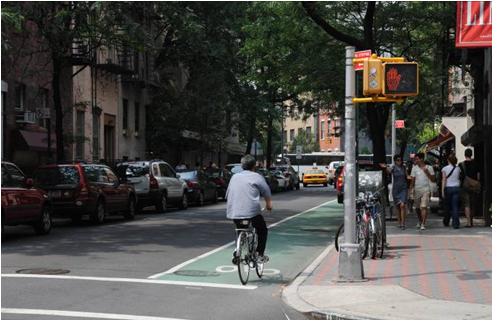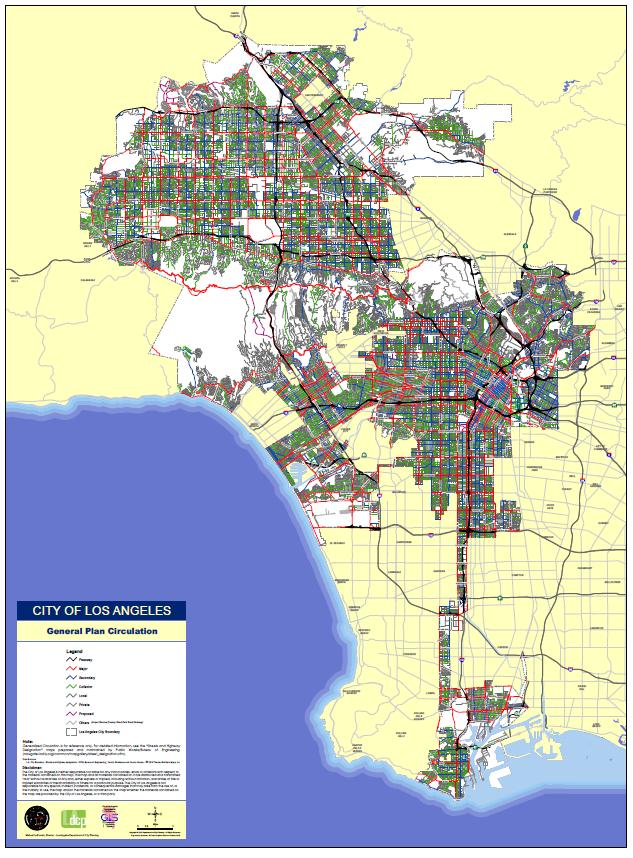| ||||||||
LivingHomes seeks Project Manager/Architect LivingHomes, www.livinghomes.net, is a designer of modern, prefabricated homes that combine world-class architecture with an unparalleled commitment to healthy and sustainable construction. We offer three lines of single and multi-family homes by Ray Kappe, FAIA, the founder of the Southern California Institute of Architecture, KieranTimberlake, the AIA 2008 Firm of the Year, and designers at LivingHomes. The first LivingHome, designed by Ray Kappe, was the first in the nation to achieve LEED Platinum and a winner of the AIA’s COTE Award. Twelve LivingHomes have been certified LEED Platinum, making us one of the most experienced designers of LEED Platinum homes. LivingHomes are available in standard or customized configurations to builders, developers and individuals. Job Summary: We seek a key individual who will manage our Design Team, consultants, GC and fabrication partners. You must be based in the Los Angeles area; have at least 5 years experienced as a dedicated Project Manager specializing in residential architecture; and be a Licensed Architect in California. This is a hands-on position. Specific Responsibilities:
- Ensure projects are expertly planned, coordinated, and administered, on time and on budget, and that clients are extremely well served during the process.
- Develop appropriate project and financial tracking, reporting, quality control and communications procedures.
- Solicit, secure and coordinate all vendors, consultants, fabrication partners, etc.
- Attract, develop, and manage staff.
- Support sales and marketing staff.
Required Knowledge, Skills and Abilities:
- A superior taskmaster with a proven ability to develop best practices. An eye for detail and a desire to perform at a high level.
- Superior record managing teams to design and deliver projects through all project phases, on time and budget.
- Broad knowledge of building systems, codes and residential construction costs.
- Extensive experience developing and analyzing construction estimates/bids.
- Proven ability to write and negotiate contracts for services, consultants and contractors.
- Extensive experience with Contract Administration.
- High proficiency in design and construction drawing detailing.
- High proficiency in MS Office, MS Project. Knowledge of Revit.
- Expert verbal and written communication skills.
- Superior supervisory, leadership and team building skills.
- Experience with construction supervision is a plus. MBA and/or general contractor license would be great.
Other Requirements:
- Advanced knowledge of market trends and best practices in sustainable design, practice management, residential construction and prefabrication.
- Experience with LEED certified design and/or prefabrication would be extremely helpful. LEED accreditation would be nice.
- Comfort with a start-up environment.
- A strong desire to wed profit and purpose and a sense of humor.
Salary/Benefits: Salary is negotiable and dependent upon experience and skills. Other great benefits including the opportunity to work with great architects; to create homes that improve the quality of living for people and the planet; and to surf during lunch (Pacific less than a mile away).
LivingHomes seeks Sales Evangelist Job Summary:
You will be responsible for selling and evangelizing LivingHomes! You must be based in the Los Angeles area; have at least 3 years experienced in consultative sales; and be exceptionally well organized, meticulous and good at communicating. Specific Responsibilities:
- Respond to inbound sales leads and develop new leads, as necessary.
- Qualify sales leads by assessing feasibility, budget, needs, and timing.
- Drive appropriate leads to clients through a systematic sales process you manage and refine.
- Provide meticulous documentation of communication in company’s CRM system and weekly updates on lead status to the team.
- Develop, as appropriate, tools and processes to make the sales process more efficient.
- Identify and clarify potential obstacles/objections from clients and communicate to the product team.
- Successful track record at selling high value/technical products or services.
- Superior verbal and written communication and relationship building skills.
- Extremely organized, diligent and an expert at follow-through.
- Experience with CRM tools and heavy reporting.
- Background in real estate, architecture, sustainable design – or an interest/ability to learn about these areas in short order!
- Ability to work some nights and part-time on weekends.
- Must have bachelor’s degree and ability to travel locally.





















